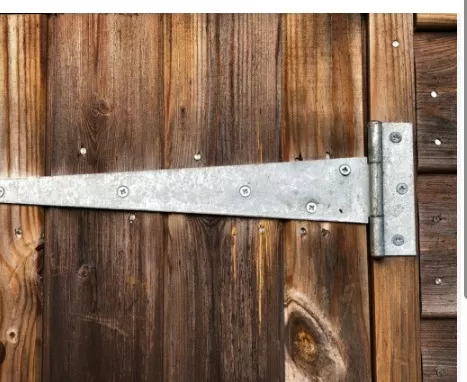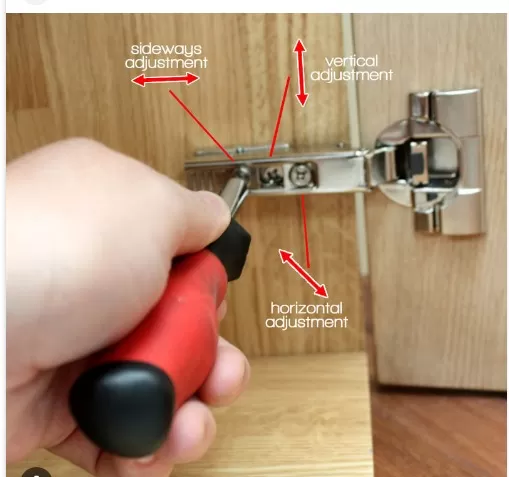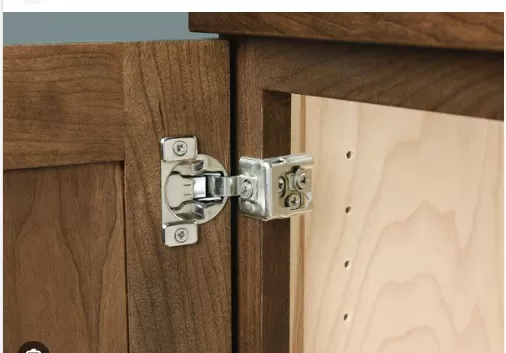Cabinet Hinge Adjustment: DIY Solutions Made Easy. If you’re experiencing issues with misaligned cabinets or difficulty in opening and closing cabinet doors, you can use these helpful hinge adjustment tips to address the problem. By making precise adjustments to the hinges, you can realign the cabinets and achieve a smooth and effortless operation.
Not only will this improve functionality, but it will also contribute to a sleek and streamlined appearance in your kitchen or any other area with cabinets. Follow these tips to ensure your cabinets are properly aligned and functioning flawlessly, enhancing both the aesthetics and functionality of your space.
Importance of Checking and Securing Hinge Mounting Screws for Proper Kitchen Cabinet Functionality
Before making any adjustments to your kitchen cabinet hinges, it is crucial to ensure that the hinge mounting screws are securely fastened.
This step is essential for maintaining the proper operation of your cabinet doors. Take the following steps to verify the stability of the mounting screws:.
Identifying the Mounting Screws:.
On the door: Look for two screws located on the part of the hinge attached to the door.
These screws should be the only ones present on the door, making them easy to spot.
Inside the cabinet: The mounting screws on this section may be slightly more challenging to identify.
They are typically situated on the innermost side of the mounting bracket. One screw can be found just above the hinge, while the other is positioned just below it.
Tightening Loose Mounting Screws: If any of the four mounting screws are loose, it can cause the hinges to shift and affect the proper functioning of the cabinet doors.
To address this issue, follow these steps:.
Grab a Phillips-head screwdriver.
Carefully tighten any loose mounting screws, ensuring they are securely fastened.
By taking the time to verify and secure the hinge mounting screws, you can prevent potential problems with your kitchen cabinet doors.
This simple maintenance task will help to guarantee smooth operation and extend the lifespan of your cabinets.
Adjusting Cabinet Doors Laterally for Proper Alignment

When it comes to achieving the correct alignment of your cabinet doors, lateral adjustments may be necessary.
Follow these steps to move the doors sideways and ensure proper positioning:.
Identifying the Adjustment Screw: Locate the screw on the mounting plate that is closest to the door.
This screw is responsible for the lateral adjustment of the cabinet door.
Shifting the Door: To move the door to the right:.
Using a Phillips-head screwdriver, turn the screw clockwise.
To move the door to the left:.
Utilize the same Phillips-head screwdriver and turn the screw counterclockwise.
Gradual Adjustments: It is crucial to work slowly during the adjustment process.
Periodically close the door to assess its position and determine if further adjustments are required.
By following these simple steps, you can easily achieve the desired lateral alignment of your cabinet doors.
Remember to make gradual adjustments and check the door’s position intermittently to ensure proper alignment.
Adjusting Cabinet Door Depth for Proper Alignment

If your cabinet doors are not aligned properly in terms of depth, it is essential to make the necessary adjustments for a clean and functional appearance.
Follow these steps to align your cabinet doors where the depth is off:.
Locating the Depth Adjustment Screw: Identify the screw located on the horizontal arm of each hinge that is farthest from the cabinet door.
Alternatively, you can look for the screw that is centered between the two mounting screws.
Adjusting the Depth: To move the cabinet door inward:.
With a Phillips-head screwdriver, turn the identified screw clockwise.
To move the cabinet door outward:.
Use the same Phillips-head screwdriver and turn the identified screw counterclockwise.
Testing and Fine-Tuning: After making the initial adjustment, test the cabinet door by closing it.
Evaluate if the depth is now aligned properly. If further adjustments are necessary, repeat step 2 and make slight incremental turns until the desired depth is achieved.
By following these straightforward steps, you can easily adjust the depth of your cabinet doors for a visually pleasing and functional result.
Remember to make gradual adjustments and test the doors after each modification to ensure proper alignment.
.
.
.
Adjusting Old Cabinet Hinges Without Adjustable Screws

Adjusting old cabinet door hinges that lack the adjustable screws found in modern hinges may require a bit more effort, but it is still achievable.
Follow these steps to address common issues with old cabinet hinges:.
Identify the Problem: Assess the specific problem with the cabinet door.
Determine if it is uneven, sagging lower than it should be, or not closing properly.
Tighten the Screws: In some cases, tightening the existing screws by turning them counterclockwise may resolve the issue.
Proceed slowly, checking the tension and alignment of the cabinet after each adjustment.
Longer Mounting Screws: If tightening the screws does not solve the problem, longer mounting screws might be necessary.
These longer screws can help secure the door more effectively. Ensure they fully cinch up to the door when installed.
Use Shims: Adding shims behind the hinges can help maintain door alignment.
Place the shims between the hinge and the cabinet to create a more stable fit.
Address Sagging Doors: If the cabinet doors are sagging due to their weight, consider replacing the hinges or adding extra hinges to distribute the load.
This can alleviate the strain on the old hinges and improve functionality.
While adjusting old cabinet hinges without adjustable screws can be more challenging, it is possible to resolve alignment issues with some patience and the appropriate techniques.
By following these steps and exploring alternative solutions, you can improve the performance of your cabinet doors.
*The information is for reference only.